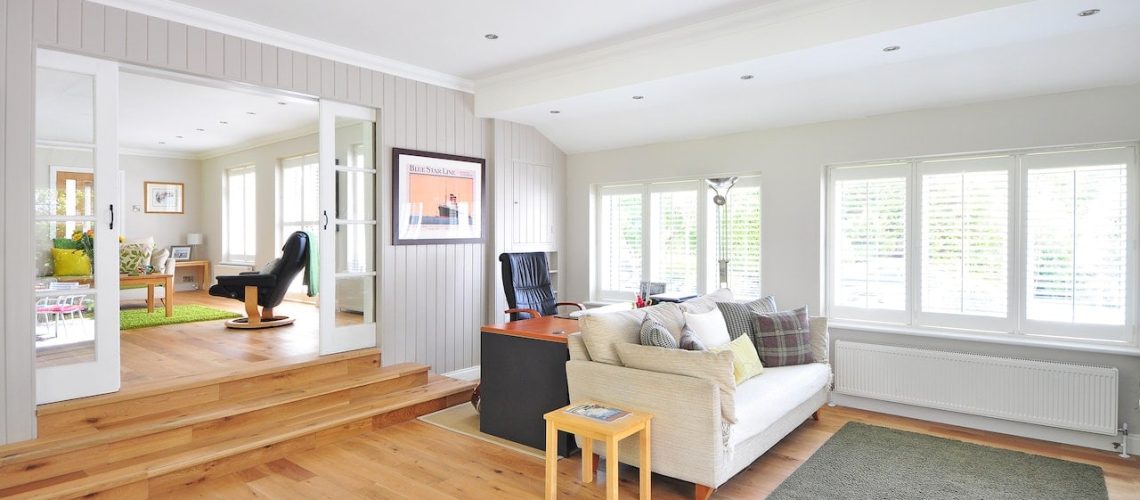If you’re painting a wall, there are several different options to consider. You might want to know which kind of paint is best for your project and what surfaces it’s meant for. This article will walk you through the kinds of paint for walls available and how they can be used on various surfaces such as wood, stucco, plaster, and a few more.
Paint for Wood Walls
Wood walls can be painted with oil-based paint. This type of paint is ideal because it’s thicker, making it easy to cover the wood without leaving brush marks. Apply this type of paint in multiple thin coats. Apply the first coat with a brush and then roll on the second coat using a roller, followed by another application using a brush for fine details like the window trim and door frames.
Paint for Masonry Walls
Masonry walls are made of stone or brick and can be painted with any type of paint. Apply the paint to the masonry wall using a roller. Let the first coat dry for at least one hour before applying a second coat, which will help ensure good coverage and full adhesion. If you prefer a smooth finish, apply an additional thin coat after waiting at least 24 hours between coats so it doesn’t drip or run when applied by brush or roller.
Paint for Plaster Walls
Plaster walls, or walls made of stucco, are smooth and flat. The paint on these surfaces will fall flat with no texture, but that doesn’t mean you can’t create a beautiful pattern on them. You can still stencil and layer your colours to create an interesting look for your walls.
Paint for plaster is different from paint for other types of surfaces because it has to be able to slide over the surface without any resistance so that it doesn’t get caught up in the porous material. This is because the plaster absorbs more moisture than other materials when exposed to water and humidity.
Paint for Stucco Walls
Stucco is a building material made of cement, sand, lime and water. It’s generally used as an outer layer on walls to protect them from the elements. Stucco can be painted or stained to match the surrounding walls so it doesn’t stand out like a sore thumb.
If you’re painting stucco, use latex paint only; oil-based paints won’t adhere well to this surface and may crack over time. If you’re going to be applying multiple coats of paint over bare stucco, prime the surface first with an oil-based primer before applying your final coat for better adhesion.
Paint for Drywall Walls
Drywall surfaces are composed of gypsum, paper, and glue. This means that the surface can be painted with either latex or oil-based paint. However, latex paints are generally easier to apply and remove in case you want to repaint your drywall at some point down the road.
When painting over drywall walls, it’s important to use thin coats as opposed to one thick coat in order for them to dry properly before applying another coat. Also keep in mind that because drywall is smooth and flat (unlike plaster), there will be no texture on which you can create an elaborate design with your brush strokes; therefore it’s best if you stick with simple colour schemes when painting this surface type.
Different kinds of walls need different kinds of paint. If you want to paint a wall in your home, there are plenty of options. The best choice depends on the surface you’re painting, as well as what look and feel you’re going for.
Are you planning to paint your walls and what type of paint you should use? Our professional painters are ready to address your queries. Call us at 086 608 1817 or click here to reach us today!
Royalty-free image supplied from Pexels as part of the SEO service from 3R
